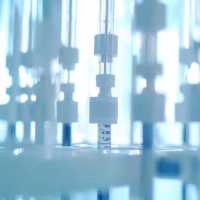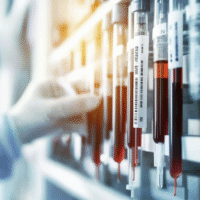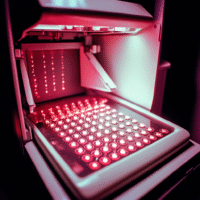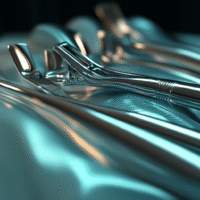Understanding the Trial Results
The study looked at how two treatments can help people who have trouble using their hands after a stroke. The treatments are:
- Transcranial Direct Current Stimulation (tDCS): A method that uses a small electrical current to stimulate the brain.
- Contralateral Controlled Functional Electrical Stimulation (CCFES): A technique that uses electrical signals to help move the hand on the opposite side of the body.
In the trial, 90 patients were divided into three groups:
- Control Group: Received traditional therapy.
- Experimental Group 1 (EG1): Received tDCS plus standard care.
- Experimental Group 2 (EG2): Received both tDCS and CCFES in addition to standard care.
After treatment, both experimental groups showed better hand function compared to the control group. EG2 had the best results, showing that combining both treatments is more effective than using tDCS alone.
What This Means for Patients and Clinics
These findings suggest that:
- Combining CCFES with tDCS can significantly improve hand function after a stroke.
- Patients may regain more movement and independence, leading to a better quality of life.
Real-World Opportunities
Hospitals and doctors can:
- Start using CCFES alongside tDCS for patients with early post-stroke hand dysfunction.
- Train staff on how to implement these treatments effectively.
Measurable Outcomes to Track
Clinics should monitor:
- Improvements in hand movement and function using specific tests like the Fugl-Meyer assessment.
- Patient feedback on their daily activities and quality of life.
AI Tools to Consider
AI solutions can help clinics by:
- Tracking patient progress through data analysis.
- Providing personalized treatment plans based on patient responses.
Step-by-Step Plan for Clinics
To start applying these findings:
- Educate Staff: Provide training on CCFES and tDCS.
- Start Small: Introduce the combined treatment to a small group of patients.
- Monitor Progress: Use assessments to track improvements.
- Gather Feedback: Ask patients about their experiences and outcomes.
- Expand Gradually: If successful, increase the number of patients receiving the treatment.
For more detailed information about the study, you can visit the research link here.





























